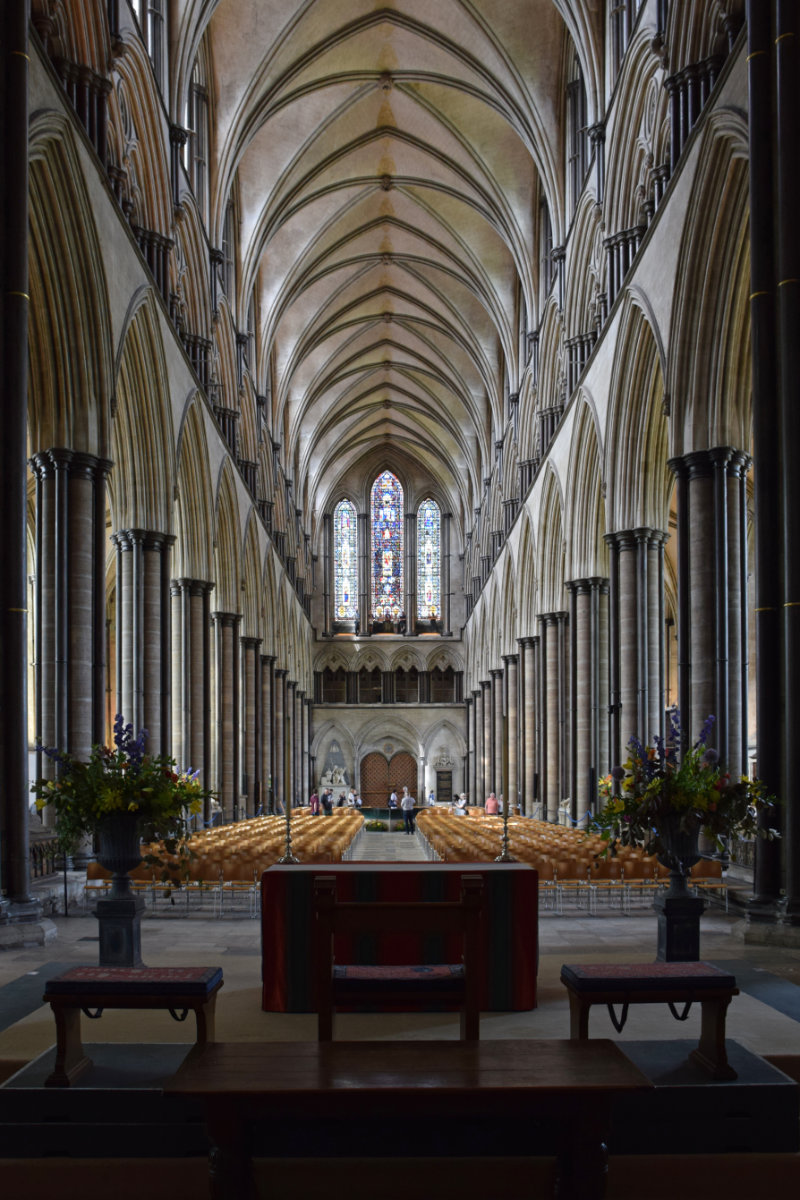It has always struck me as odd that quite a large proportion of the public in England do not know about the English Civil War. Moreover, that many know more about the American Civil War than ours. If pushed, most can recall a king being beheaded and factions called Roundheads and Cavaliers, but not much else. What are the reasons for this? Well, if it is taught in schools it isn't a focus of much attention, and one is drawn to the conclusion that many don't like to be reminded of it. Revolution is something the English see as afflicting other nations, not their own. And then there is the fact that its effects were transitory and a monarch returned to the throne and all was more or less as it had been. This side-lining of the Civil War hasn't stopped re-enactors dressing up and acting out the episode. I think this re-enactor attending Armed Forces Day was dressed in the costume of that period.
photo © T. Boughen Camera: Lumix FZ1000 2

















